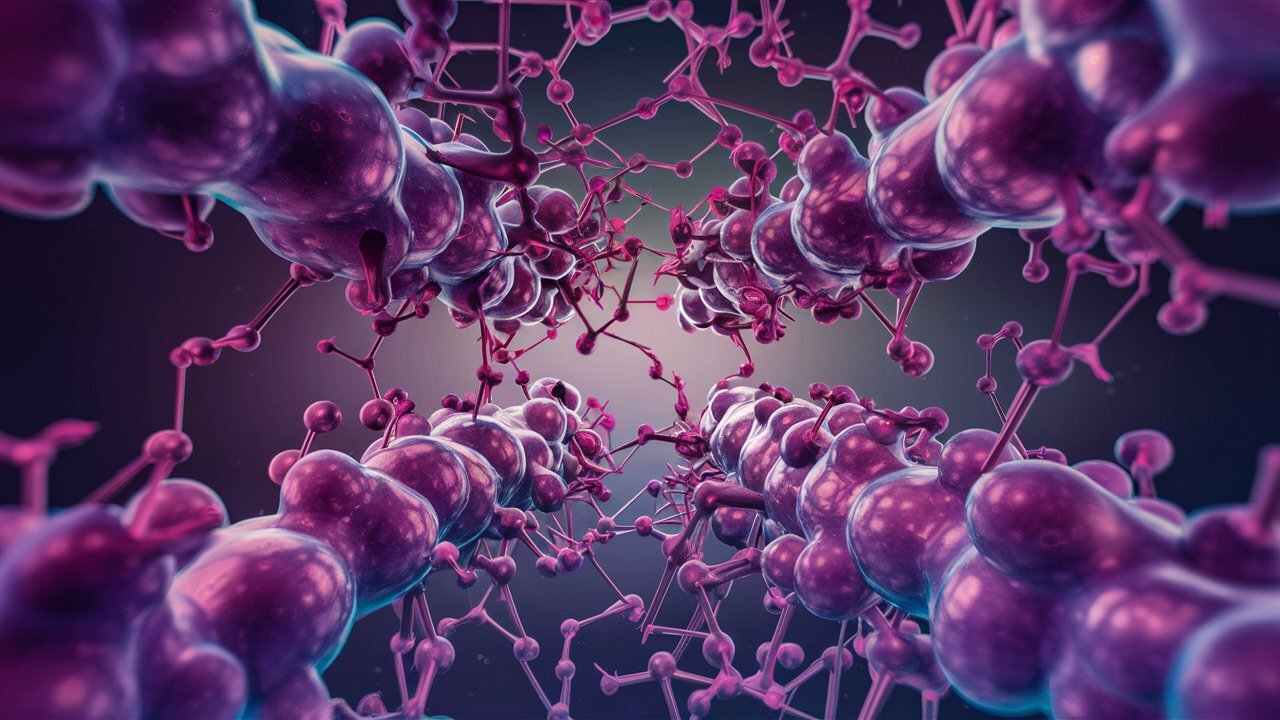What these diseases have in common is that oxidative stress damages brain cells. Nrf2, a protein that acts as a cellular switch for antioxidant genes, has been identified as a potential therapeutic target. However, effectively activating Nrf2 in the brain has proven difficult.
A protein-like polymer (PLP) emerged. This new nanomaterial was specifically designed to bind to proteins such as Nrf2. PLP disrupts the interaction between Nrf2 and another protein, Keap1, freeing Nrf2 to combat oxidative stress.
Initial tests on cultured brain cells showed remarkable results. PLP effectively binds to Keap1, allowing Nrf2 to accumulate in the cell nucleus and increase antioxidant activity without causing unwanted side effects.
Although these results are encouraging, more research is needed. The team is currently testing the effectiveness of PLP in animal models of neurodegenerative diseases.
News materials cannot be equated with a doctor’s prescription. Consult an expert before making a decision.
Source: Ferra
I am a professional journalist and content creator with extensive experience writing for news websites. I currently work as an author at Gadget Onus, where I specialize in covering hot news topics. My written pieces have been published on some of the biggest media outlets around the world, including The Guardian and BBC News.











